NOTES
Friday, July 27, 2007
Sky white still
Birds:
1. morlb (Red Eye)
2. mwrg (Wringer)
3. mgrr (Droopy)
4. mrgo (Mr. Go)
5. plbmp (Princesa)
6. unbanded (Shopper)
7. unbanded ( Rusty Bill)
8. unbanded juveniles x 2
9. mwbw (Checkers)
10. mlbbb
11. mlbrg (Trapper)
12. molbo (Mrs. Tame Bird)
13. banded juvenile (metal)
14. banded juvenile (red)
Molbo is back. She hasn’t been here since I started making a bird list each day. My thought is that she’s been sitting on a nest. She made several morning visits to the feeder, in and out. A new juvenile arrived today with red tape around its band. Pia told me it had been banded at the Secret Garden feeder on the HSU campus. Juveniles banded by Jeff Black have brown tape around the band, those banded at Jeff Jacobsen’s have a blue tape around the metal band and, those banded here are plain metal.
Birds:
1. morlb (Red Eye)
2. mwrg (Wringer)
3. mgrr (Droopy)
4. mrgo (Mr. Go)
5. plbmp (Princesa)
6. unbanded (Shopper)
7. unbanded ( Rusty Bill)
8. unbanded juveniles x 2
9. mwbw (Checkers)
10. mlbbb
11. mlbrg (Trapper)
12. molbo (Mrs. Tame Bird)
13. banded juvenile (metal)
14. banded juvenile (red)
Molbo is back. She hasn’t been here since I started making a bird list each day. My thought is that she’s been sitting on a nest. She made several morning visits to the feeder, in and out. A new juvenile arrived today with red tape around its band. Pia told me it had been banded at the Secret Garden feeder on the HSU campus. Juveniles banded by Jeff Black have brown tape around the band, those banded at Jeff Jacobsen’s have a blue tape around the metal band and, those banded here are plain metal.
Subscribe to:
Post Comments (Atom)
Pia Sets the Trap
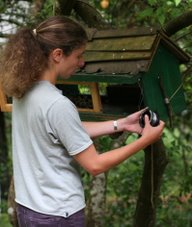
07/24/07
Peaking...
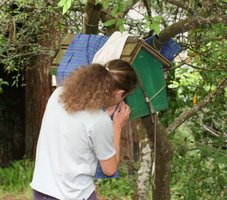
07/24/07
Oops, wrong bird!
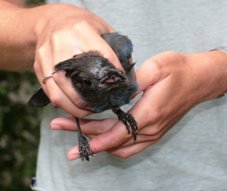
Demonstrating the "hold"
Try Again
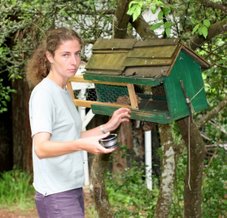
Bird in the Bag
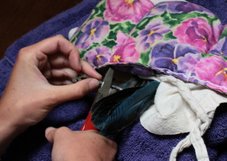
Applying a metal band
Measuring
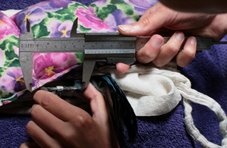
and more measuring. . . .
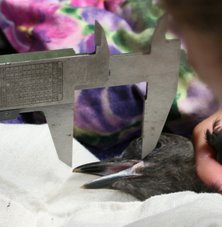
Blood Sampling
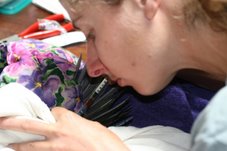
Jeff J's Work
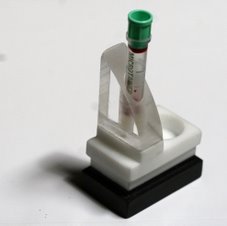
Pia's test tube holder
Weighing
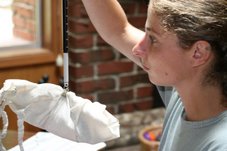
And then....release
When the sun goes down...
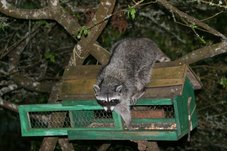
Steller's Jay Taxonomy/Description
Common Name: Steller's Jay
Class: Aves
Order: Passeriformes
Family: Corvidae
Genus: Cyanocitta
Species: Cyanocitta stelleri
Steller’s jay belongs to the family, Corvidae, in the Avian Order Passeriformes. Passeriformes is the order of perching birds. Corvidae is the jay, magpie and crow family. The Steller's jay's scientific name is Cyanocitta stelleri. The generic name, cyanocitta, means "blue jay". Its specific name, stelleri, named for George W. Steller (1709-1746). Steller was a German zoologist who explored the coastal areas of the northern Pacific Ocean in 1740.
Band Colors
black | white | purple | red | orangeBands are read in the following order:
light blue and light blue | green
Note: Light blue is difficult to read. It darkens with age, resembling a green band. (b/w/p/r/o/lb/g)
right bottom band
right top band
left bottom band
left top band
Data Collecting
This information was copied from the website of Dr. Jeff Black, Humboldt State University Wildlife Department.
The data to include for each record:
- Bird’s color code
- Size of social group seen at the same time
- Associates’ color codes (or if unbanded = UNB; or not determined = NOTD)
- Number of times associates came within 3 meters of each other
- Approximate time spent within 3 meter distance (e.g. 2 seconds, 15 sec, etc.)
- Total time you watched the birds (e.g. 5 minutes, 10 min, etc.)
- Time of day; start of observation (e.g. 1935)
- Date (e.g. 9.30.99)
- Location of observation (e.g. Rewood Bowl SW corner west bleachers. And state whether the bird was seen at a birdfeeder or in trees, etc)
- Comments (e.g. deformed leg, feather tuft on back, etc.)
Arcata Steller's Jay Sightings
Mr. Go
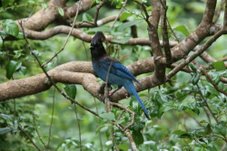
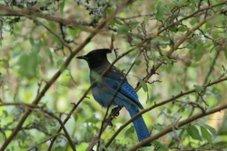
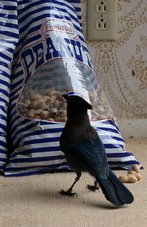
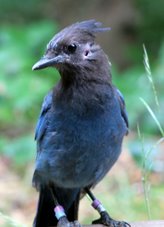
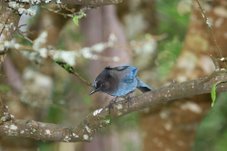
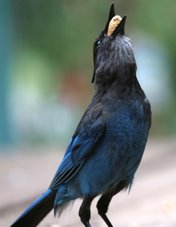
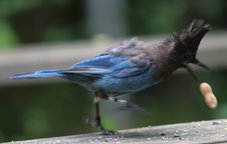
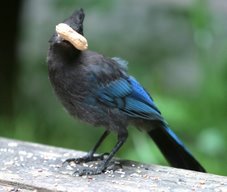
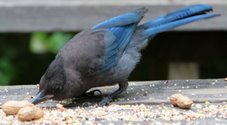
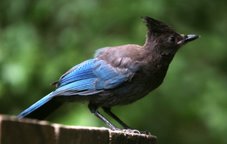
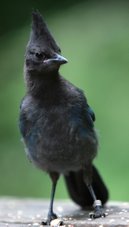

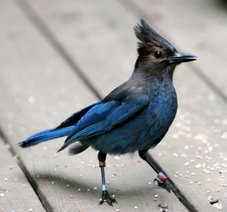
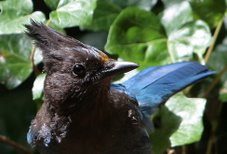
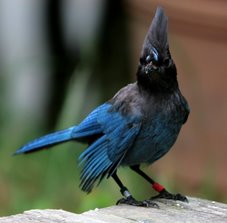
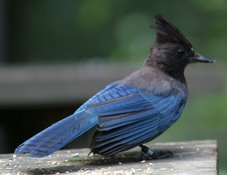
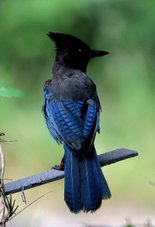
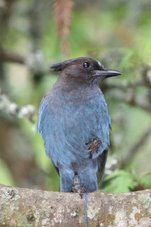
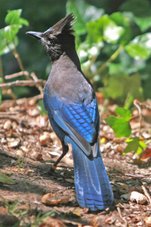
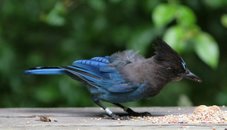
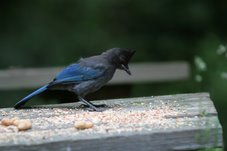
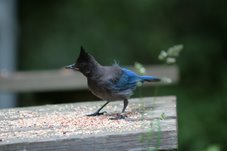
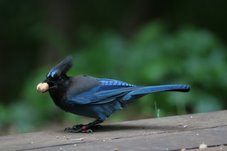
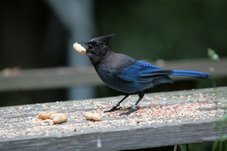
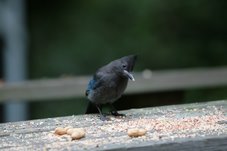
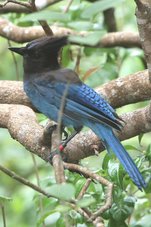
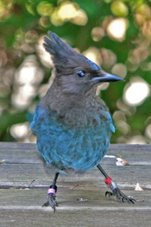
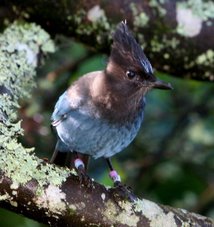
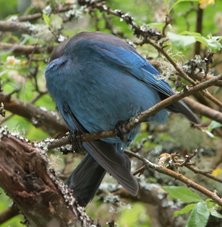
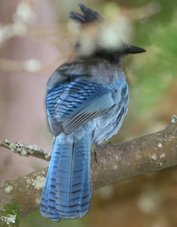
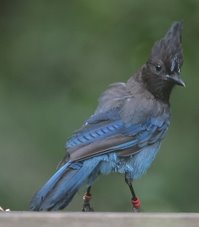
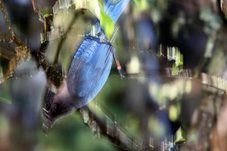
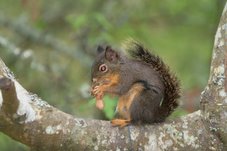
No comments:
Post a Comment